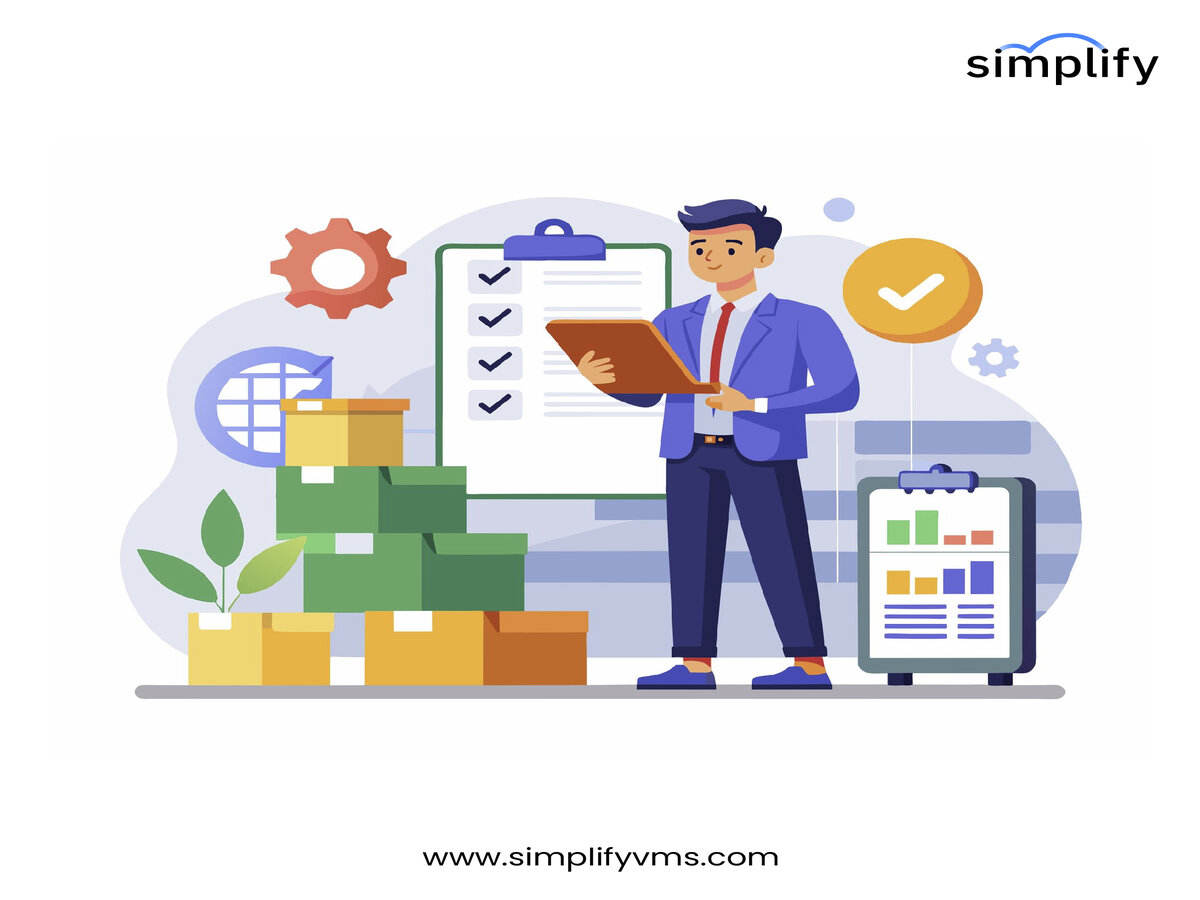
In today’s dynamic business landscape, companies must constantly adjust to market changes, customer expectations, and rapid technological shifts. To remain agile, many organizations are shifting from traditional full-time hiring models to a more flexible, hybrid approach that blends direct hire with contingent workforce staffing.
But how do you know which type of hiring suits your needs? When should you choose a contingent worker versus a full-time employee? And how can you manage it all efficiently?
In this blog, we’ll break down the how, when, and types of hiring, while exploring the importance of using a robust vendor management solution to streamline the process.
How to Choose Between Contingent Workforce Staffing and Direct Hire
The key to building a scalable and efficient workforce lies in understanding your current and future needs. Here’s a breakdown of how to decide between direct hiring and contingent staffing:
Choose Direct Hire When:
-
You need someone to fill a long-term, strategic role.
-
You’re hiring for a core position critical to your operations.
-
You want to invest in long-term employee development and retention.
Choose Contingent Workforce Staffing When:
-
You’re scaling up for a short-term project or seasonal demand.
-
Specialized skills are needed for a limited period.
-
You want flexibility without adding headcount permanently.
Companies that maintain the right mix of direct hire employees and contingent workforce staffing gain an edge in both cost management and operational flexibility.
When to Engage a Vendor Management Solution
Managing multiple hiring models across different departments, locations, and vendors can be chaotic. This is where a vendor management solution (VMS) becomes essential.
A VMS helps organizations:
-
Track all vendors, contractors, and staffing agencies in one place.
-
Automate hiring workflows, compliance, and invoicing.
-
Gain visibility into worker performance, costs, and time-to-fill.
-
Standardize contracts, onboarding, and communication.
When should you implement a VMS?
-
When you’re working with more than two staffing vendors.
-
When you face compliance risks across different regions.
-
When you lack clear visibility into your contractor spend or workforce performance.
-
When manual processes are slowing down your hiring cycle.
Whether you’re managing contingent workforce staffing or direct hires, a vendor management solution brings much-needed transparency and control.
Types of Workforce You Should Know
Understanding workforce categories is key to choosing the right hiring model. Here are the primary types:
-
Full-Time Employees (FTEs):
-
Employed directly by the company with benefits.
-
Suitable for long-term roles and leadership positions.
-
-
Contingent Workers:
-
Hired on a temporary, freelance, or contract basis.
-
Typically not on the company’s payroll.
-
Ideal for projects, consulting work, or short-term roles.
-
-
Temp-to-Hire Employees:
-
Begin as contingent workers but may transition into full-time roles.
-
Useful when companies want to assess performance before committing.
-
-
Independent Contractors / Freelancers:
-
Self-employed professionals offering services on a project or hourly basis.
-
Great for niche skills without long-term commitments.
-
-
Gig Workers:
-
Task-based workers, often sourced through gig platforms.
-
Useful for industries like delivery, transportation, and hospitality.
-
Companies that maintain a well-balanced mix of these workforce types are better positioned to respond to market needs.
Bringing It All Together: A Unified Hiring Strategy
Relying solely on traditional hiring is no longer sustainable in a world where business needs change quickly. Combining direct hire roles with contingent workforce staffing, supported by a powerful vendor management solution, can help you:
-
Reduce hiring and overhead costs.
-
Tap into global talent pools.
-
Improve hiring speed and quality.
-
Minimize compliance risks.
By taking a strategic approach to workforce planning, businesses can build agile, high-performing teams that scale efficiently and drive growth.
Final Thoughts
In a world where flexibility is key to competitiveness, understanding how, when, and what types of workers to hire can make or break your workforce strategy.
Embrace a hybrid model of direct hire and contingent workforce staffing, and manage it all seamlessly with a reliable vendor management solution.
It’s not just about filling roles—it’s about building the future of work.







